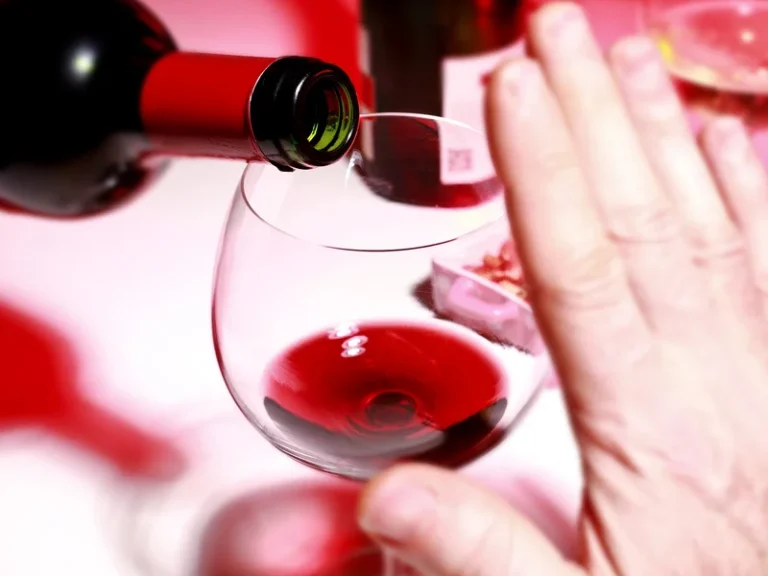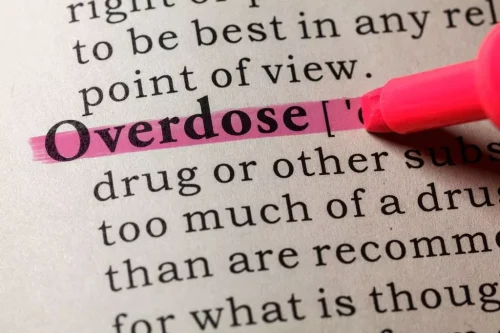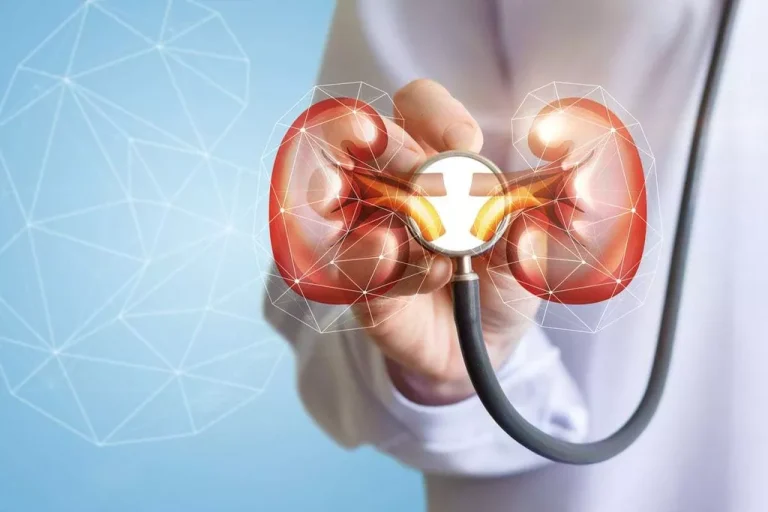
One study found that people who got less than 7 hours of sleep were nearly three times more likely to develop a cold compared with those who got 8 or more hours of sleep. “With COVID-19, alcohol is likely to interfere with an individual’s ability to clear SARS-CoV-2 and cause people to suffer worse outcomes, including ARDS, which commonly results in death,” Edelman said. When the body is unable to clear a pathogen, an infection can worsen and lead to more severe, life threatening complications. Alcohol has been flying off the shelves as people try to combat boredom during lockdown, with some reports estimating that alcoholic beverage sales surged by 55 percent toward the end of March.
Overview of the Immune System
Similar data are provided in human pathologies, which are caused by excessive or chronic alcohol consumption. Serum levels of pro-inflammatory cytokines TNFα, IL-6, and IL-1 are increased in patients with advanced alcoholic liver disease [131]. In patients admitted to hospital with acute alcoholic hepatitis, serum levels of IL-8, IL-4, and IFNγ are higher than age- and sex-matched control patients [132].
Neuroimmune Signaling
This complicates understanding of alcohol-induced changes, especially because those changes are dependent upon the amount of alcohol consumed. Most studies of individuals with AUD and AUD models involve binge drinking and even extreme binge drinking. Binge drinking is defined as consuming enough alcohol to become intoxicated, which is defined by a blood ethanol concentration of 80 mg/dL, or approximately 4–5 drinks within 2 hours. Extreme binge drinking, or high-intensity drinking, is defined as consuming at least twice as much (i.e., 10–15+ drinks) per occasion. The dendritic cell (DC), which plays a critical role in T cell activation and initiation of adaptive immune responses, is another innate immune cell affected by ethanol.
Innate Immunity Factors—Preserved through Time
This reduced class I MHC expression can result from infection with certain types of viruses. These mechanisms involve structural host defense mechanisms in the gastrointestinal and respiratory tract as well as all of the principal components of the innate and adaptive immune systems, which are compromised both through alcohol’s direct effects and through alcohol-related dysregulation of other components. Analyses of alcohol’s diverse effects on various components of the immune system provide insight into the factors that lead to a greater risk of infection in the alcohol-abusing population.
Pathogen-Associated and Sterile Inflammation

The finding by Mammen et al. [23] that CRP concentration did correlate significantly with hangover severity is in line with previous findings [11]. In contrast to other studies [10,15], we did not find significant correlations between hangover severity and blood ethanol concentration. The observed differences between the outcomes of the two studies and available literature can be explained by differences in the study designs. For example, with regards to subject recruitment, one study took genetic polymorphism into account [22] whereas the other study did not [23]. The administered type and amount of alcohol differed between the two studies, which resulted in different blood alcohol concentrations. At 4h after alcohol consumption, the difference in blood alcohol levels was roughly 32.1 mg/dL (~0.03%) between the two studies, which might explain why some associations with overall hangover severity were only significant in one study.
Prenatal Alcohol Exposure and the Developing Immune System

The insights summarized in this issue of ARCR present researchers and clinicians with opportunities to devise new interventions or refine existing ones to target the immune system and better manage alcohol-related diseases. “Your body’s response to alcohol can also be influenced by factors such as the health of your gut and liver, your hydration status, the quality of your sleep over the past week, the type of alcohol and the amount,” Jandes says. Generally speaking, this is a good thing; it’s a sign your body’s firing on all four cylinders. The problem comes when your body’s immune system never really gets a break due to habits like drinking beer by the case, overeating, or letting stress get the best of you. When that happens, your system can shift into overdrive, with inflammatory responders ever present.
Alcohol and HIV Effects on the Immune System
In contrast, both acute (24 hours) and prolonged (7 days) exposure to low and high concentrations of acetaldehyde reduce TNF-α secretion by primary rat astrocyte (Sarc, Wraber et al. 2011). Recently, it was reported that a single episode of binge alcohol consumption in alcohol-experienced human volunteers (men and women) initially (within the first 20 min) does alcohol weaken your immune system increased total number of peripheral blood monocytes and LPS-induced TNF-α production when blood alcohol levels were ~130mg/dL. However, similarly to the in vitro studies described above, at 2 and 5 hours post-binge the numbers of circulating monocytes were reduced and levels of antiinflammatory IL-10 levels were increased (Afshar, Richards et al. 2014).
Alcohol’s Effects on Adaptive Immunity
- The presence of pro-inflammatory signaling is surprising since there are rarely pathogens in the brain, suggesting other functions for these processes in the brain.
- At 4h after alcohol consumption, the difference in blood alcohol levels was roughly 32.1 mg/dL (~0.03%) between the two studies, which might explain why some associations with overall hangover severity were only significant in one study.
- Interestingly, the rolling velocity is also reduced by 55% compared to control cells [205].
- For example, whereas Kim et al. [22] found a significant correlation between Il-6 and hangover severity, this correlation did not reach significance in the study by Mammen et al. [23].
It constitutes the first line of defense against molecules, which are either pathogen-derived or a danger signal themselves, and not seldom both. These molecular patterns are comprised of highly conserved structures, a common trait in innate immunity, and constitute very potent triggers for inflammation mediated via extracellular or intracellular pattern recognition receptors. Human culture is often interweaved with the consumption of alcohol, in both drinking habits, its acute or chronical misuse.
Modulation of Innate Immunity by Alcohol
Importantly, it adds another dimension to alcohol’s modulation of immunity, because the observed effects may be exclusive to the investigated location. In human monocytes treated with 25 mM alcohol, short term exposure (one to two days) reduces the LPS-induced TNFα release and gene expression. Interestingly, prolonged exposure (four https://ecosoberhouse.com/ to seven days) increases TNFα production in human monocytes upon LPS treatment, indicating that acute and chronic alcohol exert different effects [63]. This is supported by other mouse models of chronic alcohol consumption, showing that chronic use enhances the LPS-induced hepatic mRNA expression of TNFα, IL-6, and IL-10 [130].

Foods and Drinks to Avoid If You Have Osteopenia
In addition, viral infections induce the production of various IFNs and acute-phase proteins. Their main role is to capture, ingest, and process antigens in order to present them on their surface to cells of the adaptive immune response (i.e., to the T-lymphocytes). Thus, dendritic cells play a crucial role in linking innate and adaptive immune responses. Lastly, NK cells are abundant in the liver (Gao et al. 2009) and recognize cells that have low levels of a protein called class I major histocompatibility complex (MHC) on their surface.



